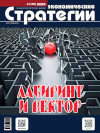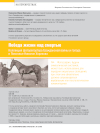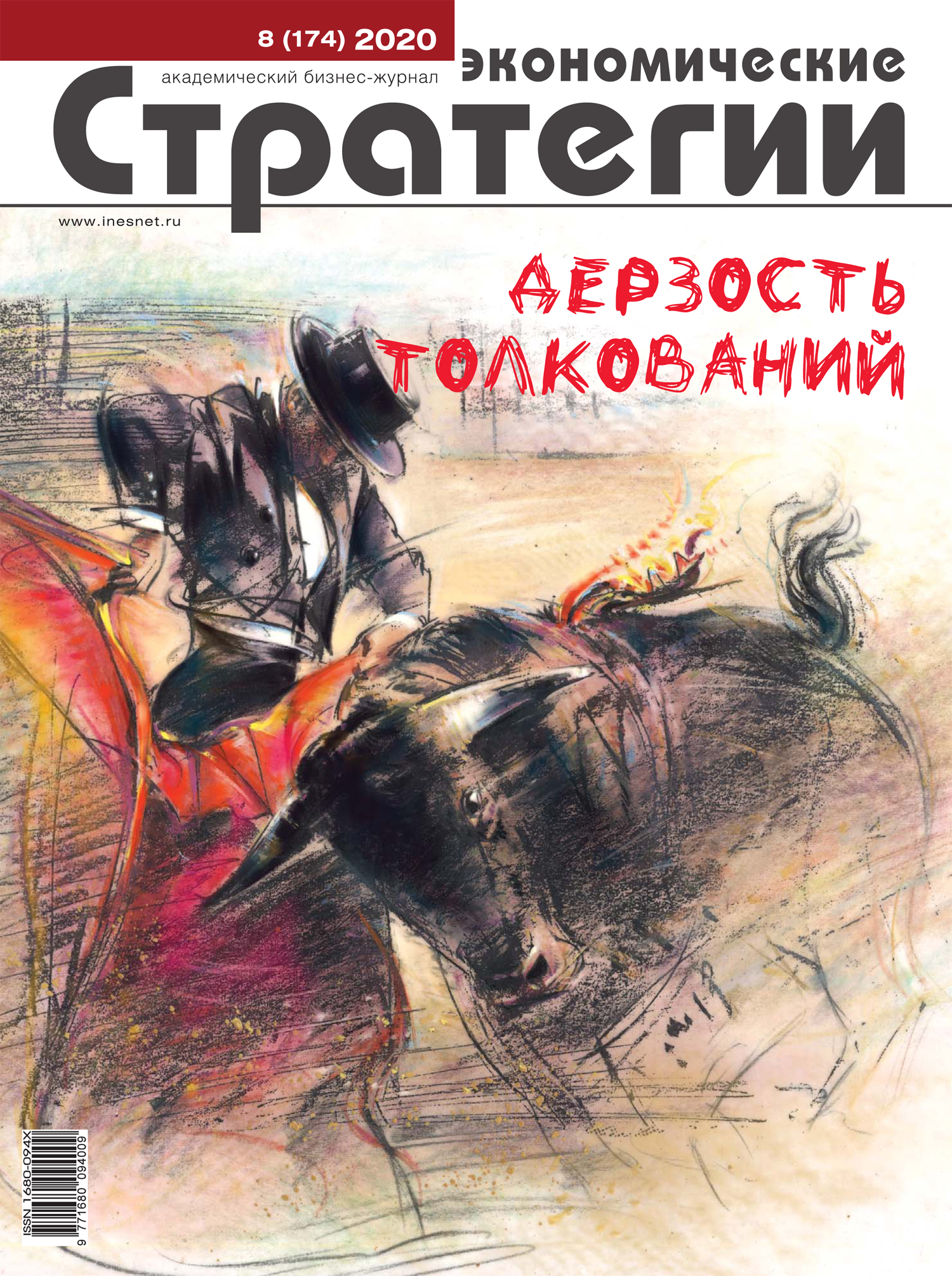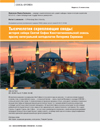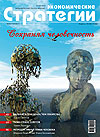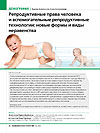Victory of Life over Death. Collection of Nikolay Khorikov, a Photojournalist of the Civil War and Famine in the Volga Region
DOI: 10.33917/es-2.188.2023.136-141
The present article examines the works of the Samara photographer Nikolay Khorikov, who made a significant contribution into preserving the history of such a large-scale disaster as the famine that befell the Samara province during the Civil War. The main emphasis is made not on building a policy of memory around the inhuman suffering endured by the people, but on the experience of overcoming this greatest humanitarian catastrophe. The author presents the main milestones in the life of N.S. Khorikov, analyzes visual sources — a series of photos taken by the photographer in the 1930s for publication in the central media.
References:
1. Lomonosova M.V. Fotokhronika ada. Katolicheskii svyashchennik Mishel’ d’Erben’i o golode v Rossii v 1921–1922 godakh: Sb. dokladov konferentsii “Fotografiya v muzee” [Photo Chronicle of Hell. Catholic Priest Michel d’Herbigny on the Famine in Russia in 1921–1922: Collection of Reports of the Conference “Photography in the Museum”]. Sankt-Peterburg: Gosudarstvennyi muzeino-vystavochnyi tsentr ROSFOTO, 2020. S. 81–86. URL: https://static3.rosfoto.org/wp-content/uploads/2020/08/Photography-in-museum-2020-catalog.pdf.
2. Mastera russkogo fotograficheskogo portreta (raboty moskovskikh fotografov XIX — nachala XX v. v sobranii VSMZ): Katalog-spravochnik [Masters of Russian Photographic Portraiture (Works by Moscow Photographers of the 19th — Early 20th Centuries in the VSMZ Collection): Directory]. Sost. T.E. Markova; Vladimiro-Suzdal’skii muzei-zapovednik, Vladimir, 2010, p. 76.
3. Konyakina T.Yu., Borisova Z.A. Neizvestnyi Nikolai Khorikov [Unknown Nikolay Horikov]. Kraevedcheskie zapiski, vyp. 17, Samara, 2014, p. 141.
4. Erbin’i M., de. Pomoshch’ svyateishego prestola russkim golodayushchim [Help from the Holy See to the Russian Starving]. Per. S. Volkonskogo, Rim, 1925, 79 p.
5. Liberman I.S. Al’bom Goloda v Povolzh’e. Samara 1921–1922 [Album of Hunger in the Volga Region. Samara 1921-1922]. Samara, 1922, available at: https://digital.palni.edu/digital/collection/ecplow/id/22661.
6. Obrashchenie SNK SSSR, TsK VKP(b) ot 30.07.1931 “O razvertyvanii sotsialisticheskogo zhivotnovodstva” [Address of the Council of People’s Commissars of the USSR, Central Committee of the All-Union Communist Party of Bolsheviks dated 07/30/1931 “On the Deployment of Socialist Animal Husbandry”]. SZ SSSR, 1931, no 46, st. 312; Izvestiya TsIK Soyuza SSR i VTsIK ot 31.07.1931 no 209.


